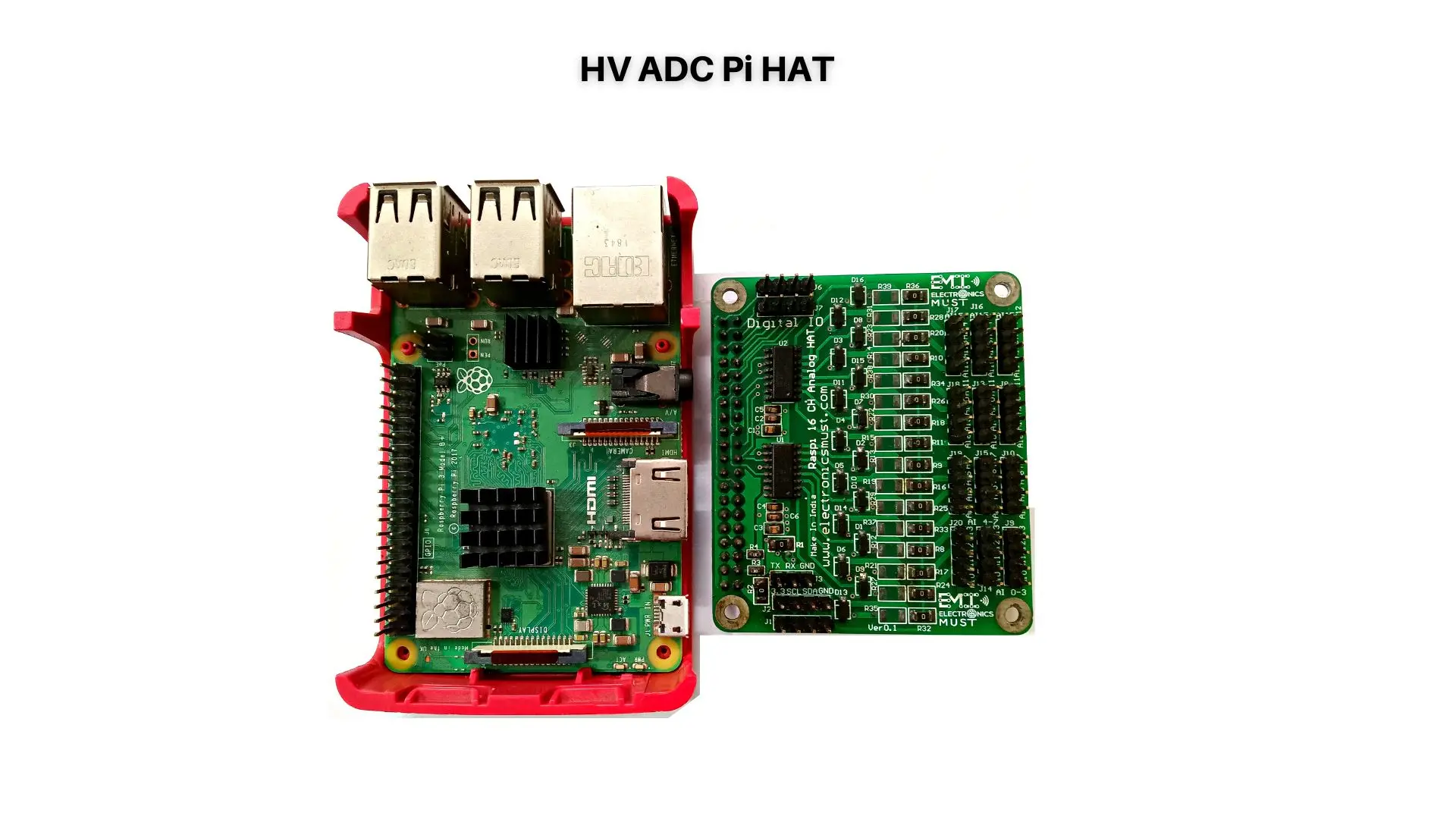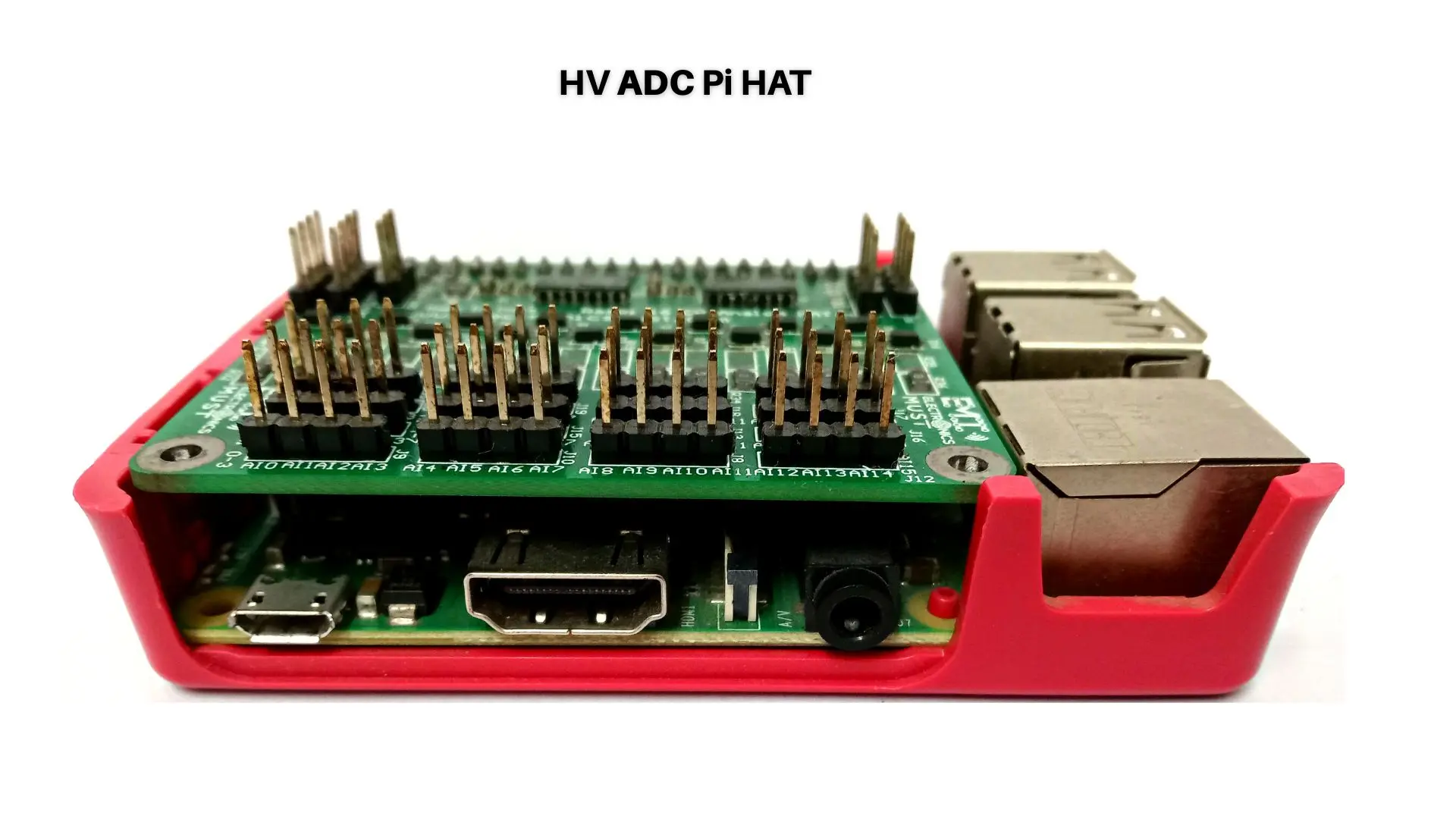When creating embedded systems, firmware coding is essential because it gives hardware components the instructions and control they require. Developers must follow best practises and make use of efficient coding techniques to provide efficient and dependable firmware. We will look at some key principles and advice for understanding firmware coding approaches in this article.
1. Understanding the Firmware Development Process:
1.1 Clearly identify the functional and non-functional firmware needs to ensure that everyone is aware of the project’s scope.
1.2 Create the building’s design: Specify the components, interfaces, and interactions of the firmware in a well-defined architecture. If you want to make room for future improvements, think about modularity and scalability.
1.3 Pick the Best Equipment: Select the software frameworks and development tools that are compatible with the project’s hardware requirements.
1.4 Define Coding Standards: To maintain consistency and readability throughout the firmware codebase, coding standards and guidelines should be established.
2. Efficient Coding Techniques:
2.1 Employ Efficient Data Structures: Choose the right data structures to optimise memory usage. Depending on the individual needs and data access patterns, use arrays, linked lists, or hash tables.
2.2 Reduce global variables to a minimum: To save excessive memory consumption and potential conflicts, use global variables as little as possible. Instead, use proper data transmission techniques or encapsulate data within functions.
2.3 Optimise Loops: Wherever possible, avoid superfluous loops and reduce loop iterations. To cut overhead, improve loop conditions and employ loop unrolling or loop fusion techniques.
2.4 Choose Bitwise Operations: Use bitwise operations to perform actions on bits, check flags, and set flags. As a whole, these processes are quicker and more effective than standard arithmetic operations.
2.5 Implement Interrupt Handlers Wisely: Keep interrupt handlers short and focused. Minimize the processing within interrupt routines to ensure quick response times and reduce the risk of missing other interrupts.
3. Error Handling and Debugging:
3.1 Use Meaningful Error Codes: To make debugging and troubleshooting easier, use concise, meaningful error codes. Make sure error codes provide pertinent information on the error state.
3.2 Logging and diagnostics implementation: Include logging and diagnostics components in the firmware to record pertinent data while it is being used. Filter the information according to the seriousness of the problem by using the proper logging levels.
3.3 Turn on remote debugging: Implement functionality, such as remote logging or remote debugging interfaces, that permit remote debugging and firmware inspection. Even with deployed devices, this can aid in real-time issue diagnosis.
4. Memory Management:
4.1 Prevent Memory Leaks: Make sure that memory is allocated and deallocated properly to avoid memory leaks. Don’t overuse dynamic memory allocation, and release RAM when it’s no longer required.
4.2 Reduce Data Duplication and Choose Appropriate Data Types to Reduce Data Duplication and Choose Appropriate Data Types to Optimise Memory Usage. If necessary, make use of effective memory allocation strategies, such as memory pools or unique memory management plans.
5. Security Points to Consider:
5.1 Implement secure firmware updating techniques to safeguard against unauthorised alterations or assaults.
5.2 Validate Input Data: Validate input data to guard against security flaws such buffer overflows and injection attacks. Use proper input validation and data sanitization methods.
5.3 Encrypt sensitive data before storing it in firmware or sending it through communication channels to guard against unauthorised access or tampering.
6.Testing and Verification:
6.1 Unit Testing: Develop comprehensive unit tests to verify the functionality of individual firmware components. Use test frameworks and automated testing tools to streamline the testing process.
6.2 Integration Testing: Perform integration testing to ensure proper interaction and functionality of different firmware modules. Test the interfaces and data flow between components.
6.3 Stress Testing: Conduct stress testing to evaluate the firmware’s performance and robustness under extreme conditions or high workloads.
6.4 Code Reviews: Conduct code reviews to identify potential issues, improve code quality, and ensure adherence to coding standards. Involve multiple team members to gain different perspectives and insights.
7.Deployment and Release Management:
7.1 Version Control: Utilize a version control system to manage the firmware source code, enabling efficient collaboration, tracking changes, and ensuring a reliable source of truth.
7.2 Release Planning: Plan and schedule firmware releases to ensure timely deployment of new features, bug fixes, and improvements. Consider factors such as customer feedback, testing results, and project priorities.
7.3 Configuration Management: Implement configuration management techniques to manage different firmware configurations for various hardware platforms or customer requirements. Maintain clear documentation of configuration settings and their impact on the firmware behavior.
8.Performance Optimization:
8.1 Profiling and Performance Analysis: Use profiling tools to identify performance bottlenecks within the firmware. Analyze and optimize critical sections of code or resource-intensive operations to enhance overall performance.
8.2 Code and Algorithm Optimization: Review algorithms and data structures used in the firmware. Identify opportunities to optimize code for improved efficiency, reduced computational complexity, or better memory utilization.
8.3 Resource Usage Monitoring: Monitor system resource usage, such as CPU utilization, memory usage, and power consumption, during firmware development and testing. Optimize the firmware to minimize resource usage and ensure optimal performance on the target hardware platform.
9.Documentation and Knowledge Sharing:
9.1 Firmware Documentation: Create comprehensive documentation that describes the firmware architecture, design decisions, APIs, configuration settings, and usage guidelines. This documentation aids in onboarding new team members, troubleshooting, and future maintenance.
9.2 Knowledge Sharing and Collaboration: Foster a culture of knowledge sharing among the firmware development team. Encourage regular discussions, knowledge transfer sessions, and collaborative problem-solving to leverage the collective expertise and improve the overall quality of the firmware.
10.Continuous Integration and Continuous Delivery (CI/CD):
10.1 Automated Builds and Testing: Set up automated build and testing processes to ensure consistent and reliable builds of the firmware. Automate unit tests, integration tests, and other verification steps as part of the CI/CD pipeline.
10.2 Continuous Deployment: Establish a CI/CD pipeline to automate the deployment of tested and validated firmware releases to target devices or environments. This streamlines the release process, reduces manual errors, and enables rapid deployment of new features and bug fixes.
11.Maintenance and Support:
11.1 Bug Tracking and Issue Management: Use a bug tracking system to log and track reported issues and feature requests. Prioritize and address these issues to provide ongoing maintenance and support to customers or end users.
11.2 Patching and Bug Fixing: Develop a process for delivering patches and bug fixes in a timely manner. Establish clear procedures for identifying, addressing, and deploying critical bug fixes to ensure the firmware remains stable and secure.
11.3 Customer Feedback and Iterative Improvement: Actively seek and incorporate customer feedback to understand their needs, identify areas for improvement, and prioritize future firmware enhancements. Continuously iterate and improve the firmware based on user feedback and market demands.
Conclusion:
It takes a combination of technical expertise, practical experience, and adherence to best practises to master firmware coding approaches. Developers can improve the dependability and performance of their firmware by comprehending the firmware development process, utilising effective coding techniques, taking error handling and debugging into account, effectively managing memory, addressing security concerns, and performing exhaustive testing and verification. These recommendations should be followed and incorporated into the firmware development lifecycle to assist create reliable and effective firmware for embedded devices.






